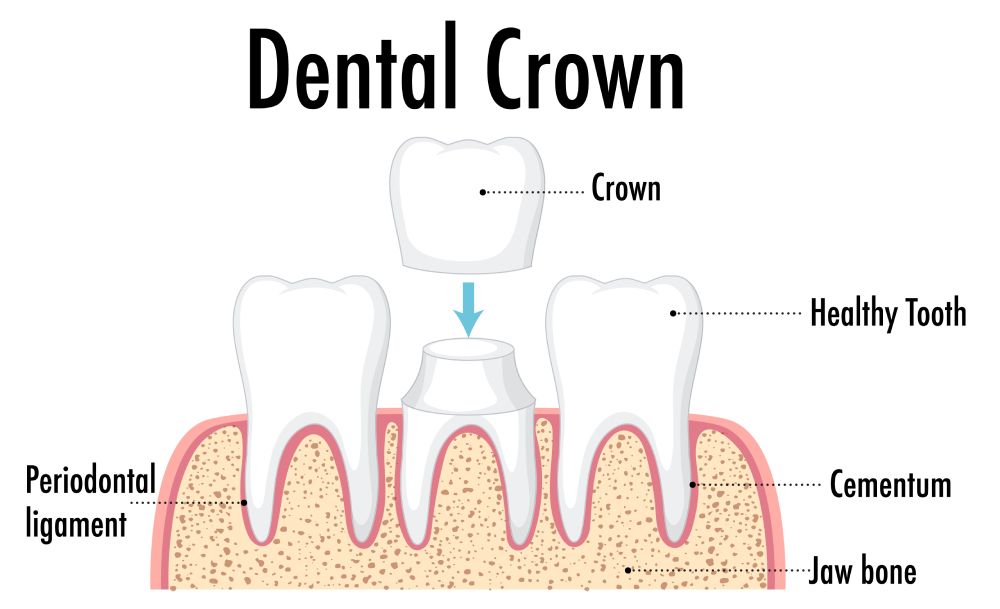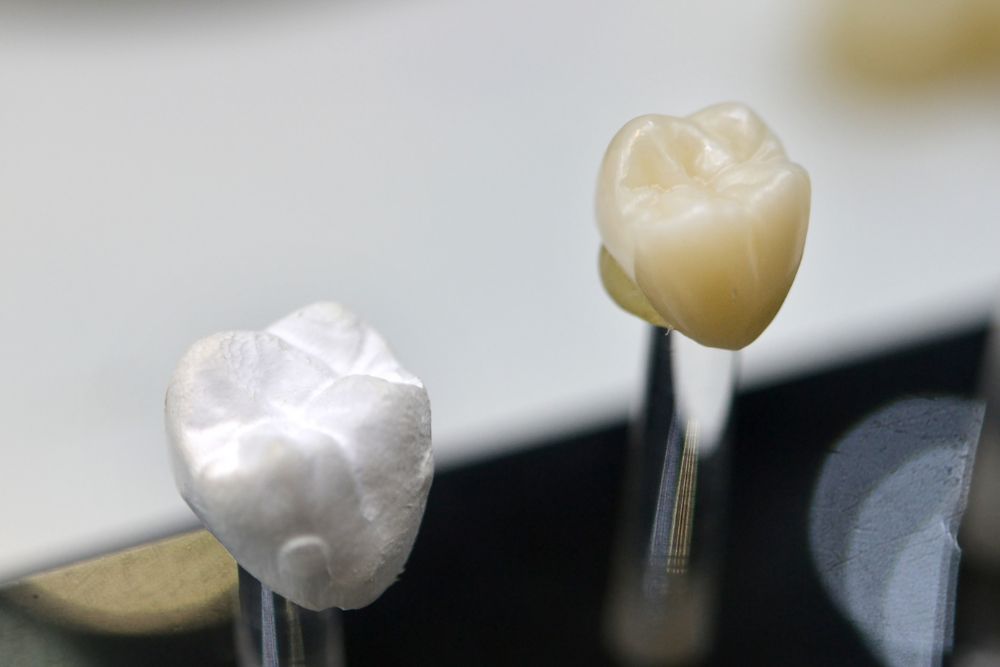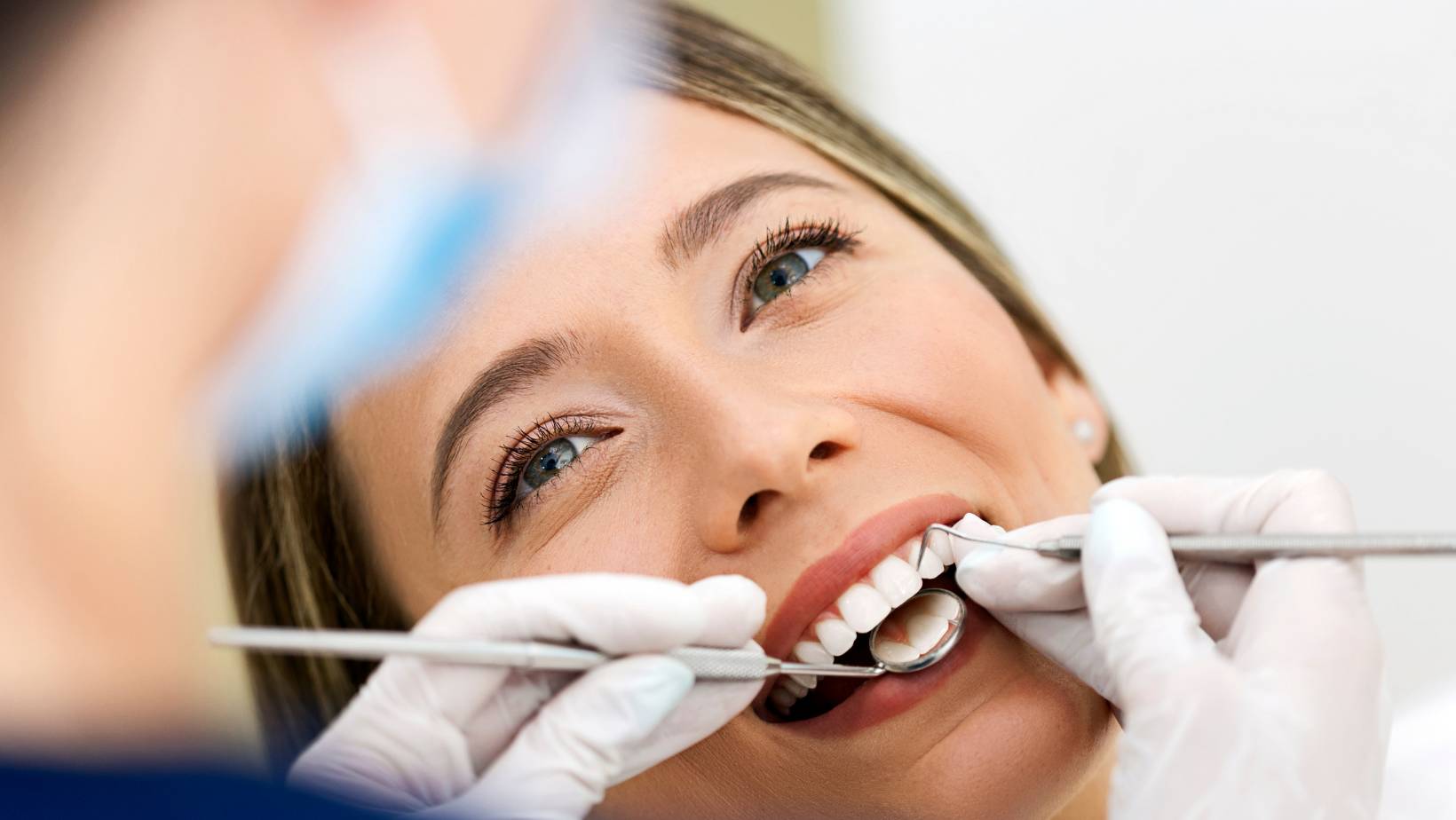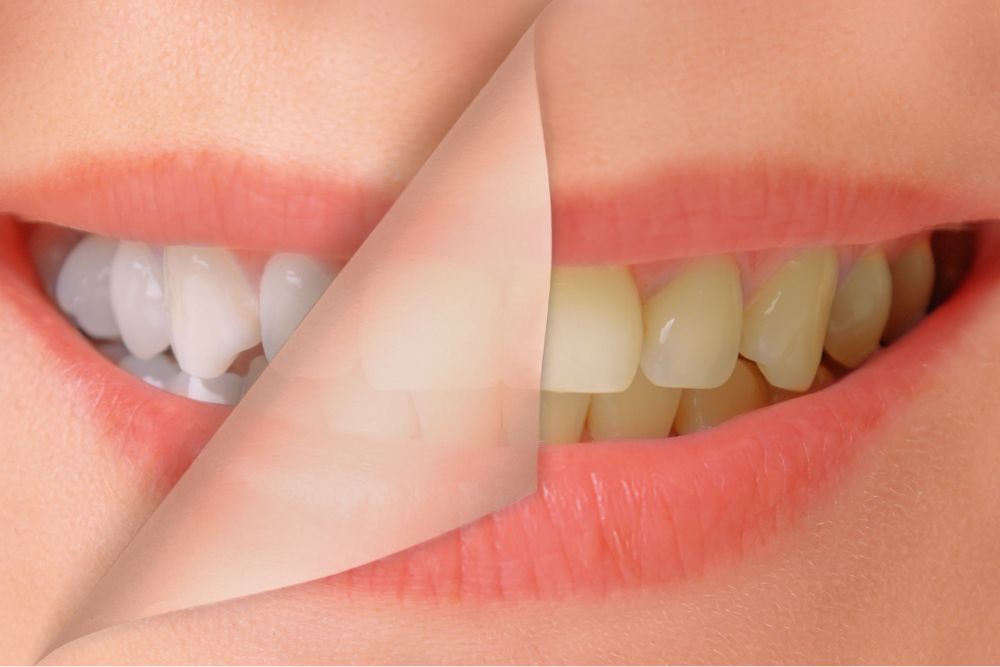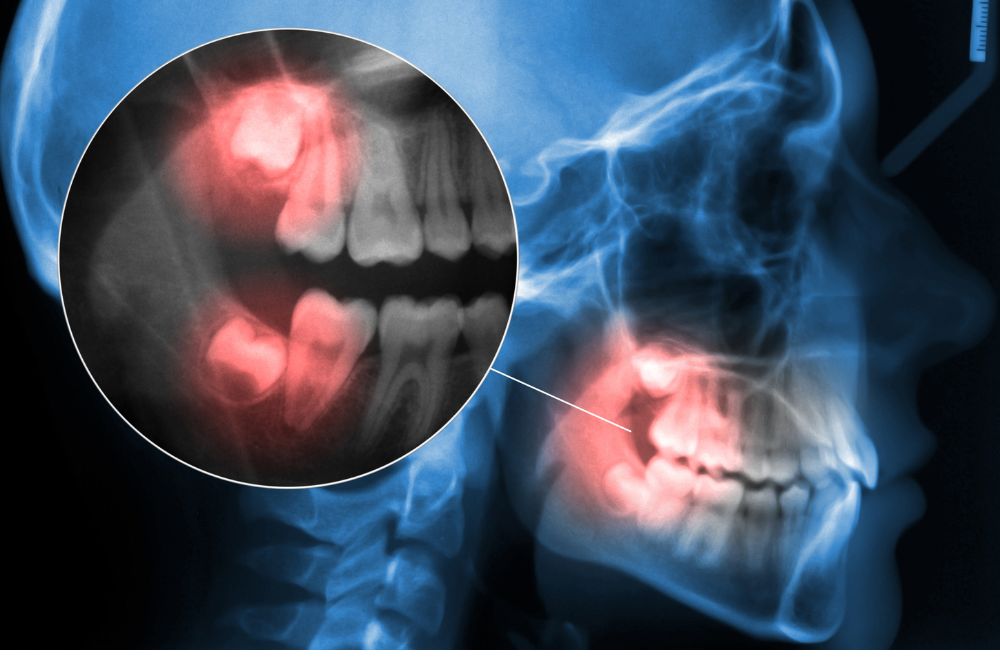If you’ve ever had a tooth that’s damaged, decayed, or simply not looking its best, your dentist may have recommended a dental crown. But what exactly is a dental crown—and is it the right solution for you?
Let’s break it down in a simple, informative way.
Understanding Dental Crowns: A Quick Overview
A dental crown is a custom-made cap that fits over a damaged or worn tooth, restoring its natural shape, strength, and function. It can also be used to cover a dental implant or to enhance the appearance of a tooth that’s discolored or misshapen.
Crowns are typically crafted from strong, dental-grade materials like porcelain, ceramic, metal alloys, or even zirconia. The material you choose often depends on the location of the tooth, aesthetic preferences, and budget.
Why You Might Need a Crown
Dental crowns aren’t just about looks—they offer real structural support and protection. Here are some common reasons a crown may be recommended:
- To strengthen a weakened or cracked tooth
- To restore a tooth after a large filling or root canal
- To anchor a dental bridge
- To protect a tooth from further damage
- To cover a misshapen or severely stained tooth
Whether it’s about restoring function or improving your smile, crowns are a reliable go-to option in restorative dentistry.
A Look at the Crown Materials
Each type of crown comes with its own benefits. Here’s a quick comparison:
- Porcelain Crowns: Ideal for front teeth, thanks to their natural, tooth-like appearance.
- Ceramic Crowns: Also highly aesthetic and great for patients with metal allergies.
- Metal Crowns: Made from gold or base-metal alloys, these are incredibly strong and great for molars—though they’re more visible.
- Porcelain-Fused-to-Metal (PFM): Offers a balance of durability and appearance, suitable for both front and back teeth.
- Zirconia Crowns: Known for being both strong and attractive, zirconia is becoming a top choice for many patients.
Your dentist will help you select the best material based on your needs, the tooth’s location, and how much pressure it will endure while chewing.
Step-by-Step: How a Crown is Placed
Getting a dental crown is a multi-step process, usually completed in two visits:
- Initial Assessment: Your dentist evaluates the tooth, often with X-rays, to determine if a crown is the best course of action.
- Tooth Preparation: Any decay or damage is removed, and the tooth is shaped so the crown can fit snugly.
- Digital Impression: An advanced 3D scan (like the iTero scanner) captures the shape of your tooth to design a perfectly fitted crown.
- Temporary Crown: While your permanent crown is being made, a temporary one protects your tooth.
- Crown Fitting: Once ready, the custom crown is permanently bonded to your tooth and adjusted for comfort and function.
Keeping Your Crown in Great Shape
With the right care, dental crowns can last many years. Here’s how to make sure yours stays in top form:
- Brush and floss daily to keep the area around the crown clean.
- Avoid biting hard objects like pens, ice, or hard candy that could crack the crown.
- Wear a nightguard if you grind your teeth while sleeping.
- Stick to regular dental check-ups to monitor the crown and overall oral health.
- Limit sticky foods that could pull at the crown.
Dental crowns are one of the most effective ways to preserve your teeth and restore both function and beauty to your smile. Whether you’re dealing with a cracked tooth or simply want to improve your smile, they’re a trusted solution that’s both durable and visually pleasing.
Thinking about getting a crown? Consult your dentist at Ararat Dental to explore the best options tailored to your needs.

